One early morning, stepping out into the garden, I suddenly saw a flower (no stem or leaves visible) growing from the ground with a light purple color and a very light, indescribable fragrance. That was early morning, after the early autumn rains, the quintessential flower of heaven and earth suddenly appeared, surprisingly: The flower of the hour!
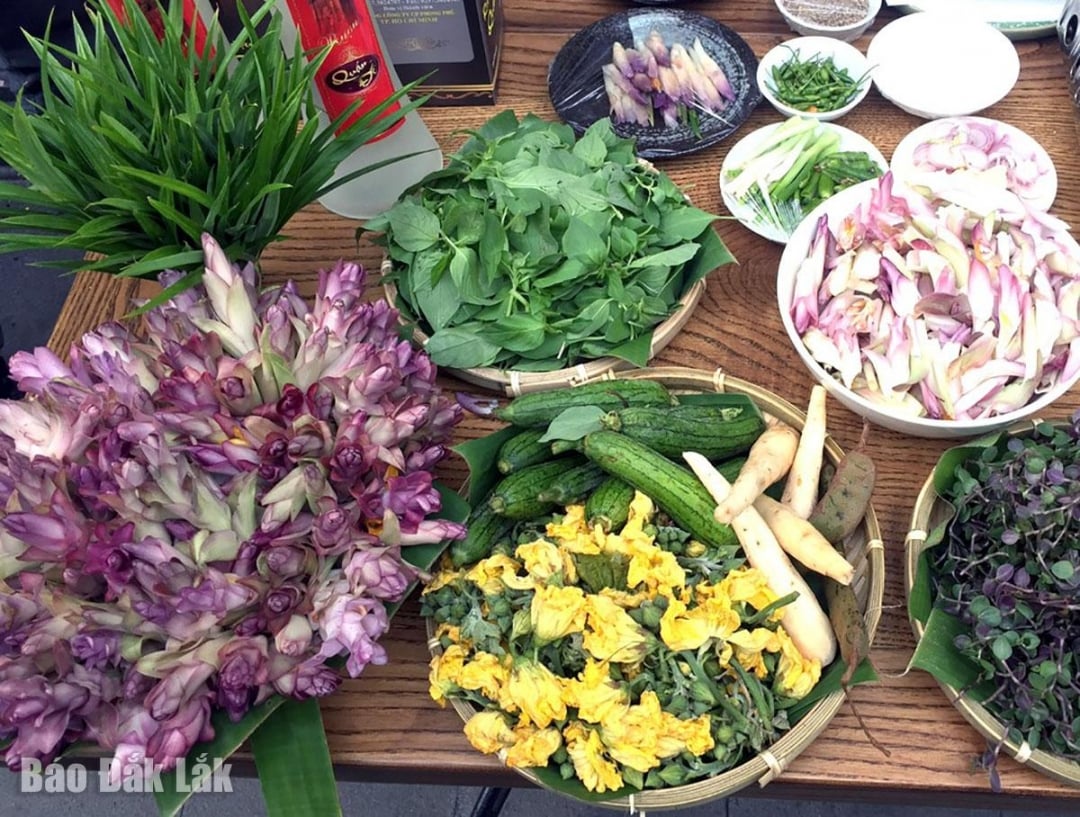 |
| The flowers are now purple, standing out among the tray of herbs. |
The rainy season is the season of freshwater fish and river fish. When it rains, the water in the river and the field rises, full of alluvium and plankton, which is the season for fish to flourish. Therefore, this season, freshwater fish are fatty, with soft bones and sweet meat. Coincidentally, it has become indispensable that freshwater fish dishes always have the flower of the hour. Its taste makes the dish more delicious, sublime, and goes into the subconscious.
The chrysanthemum is not the main ingredient of a dish, but in the rainy season, if the fish dishes do not have this special ingredient, the dish will lose its taste and the soul of the countryside. Chrysanthemum is used to season soups and braised fish to reduce the fishy smell, creating a very special aroma. When the chrysanthemum is in full bloom, people can pick a whole basketful of chrysanthemums, and people come up with many dishes with chrysanthemums: making pancakes, boiling them, stir-frying them with garlic and dipping them in fish sauce and chili paste...
For the country people, cotton is now the king of spices for dishes made from freshwater fish. For the people in the mountains, cotton now firmly holds the first place in dishes made with stream fish, chicken, pork, beef, etc. And in the exchange, cotton now comes to the people in the coastal areas and becomes the ultimate spice for braised dishes, sour soup, sweet soup, stir-fried dishes with sea fish, etc.
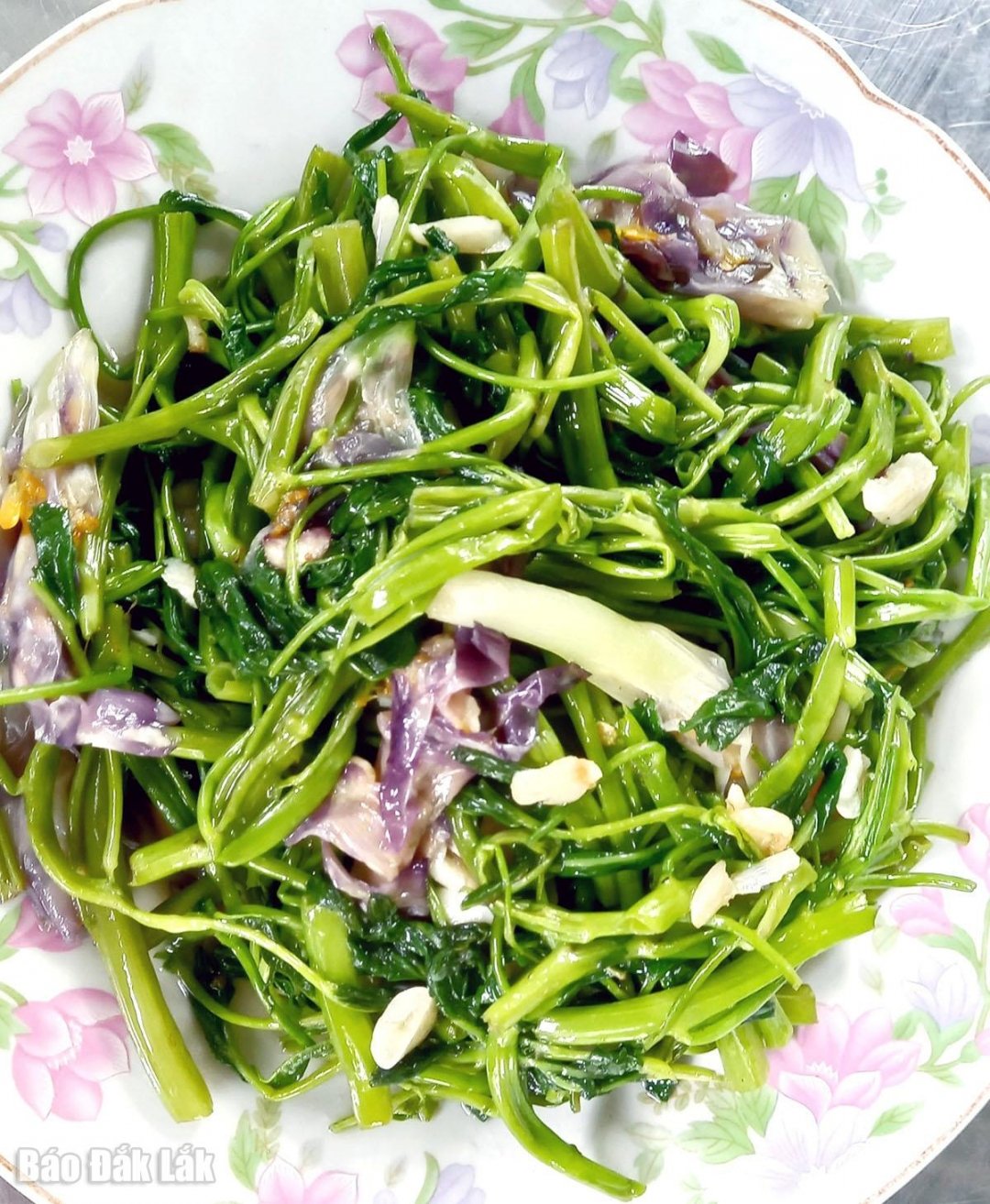 |
| The flower is now used as a spice for soup, braised fish, stir-fried vegetables... creating an unforgettable, distinctive flavor. |
The cotton plant is now a herbaceous plant, with flowers and leaves resembling turmeric, and a spicy ginger flavor. The flowers have thin petals, a light purple color mixed with bright white, bright yellow pistils, and a strong fragrance. The cotton has layered petals like water hyacinths, about a hand span high, and only takes a few days from bud to full bloom. When it rains, the cotton will wither faster. Every year, the cotton blooms from the 7th to the 10th lunar month. At first, the flowers bloom continuously, but later on, the flowers bloom less and less, and only the leaves remain. The young leaves and buds also have a fragrant smell, so when the flowers are gone, people use the leaves to season food, with a gentle fragrance. It's strange, it seems that only the land of Nau has this type of flower.
In the last month of the year, the cotton starts to lose its leaves and sinks into the ground. In the following summer, people dig up the tubers and boil them to eat. The tubers are now as big as an adult's thumb, diamond-shaped, bulging in the middle, about 3 cm long. Boiled tubers have a sticky, sweet, fragrant, and delicious taste. The tubers are cool and nutritious, and can be mixed to make a refreshing drink on hot sunny days.
The season is over, the cotton now hides deep in the ground, waiting for the autumn rain to sprout, as if on schedule. And what sprouts from the ground is not a sprout or a leaf, but a flower!
Every year, month, day and hour, when the autumn rains come, the hour flower buds will sprout from the ground and emerge. Perhaps because of this seasonal (time) factor, people named it the hour flower.
Cotton often grows in large patches, clumps, and adjacent rows. Because of this characteristic, it is also called cotton gie. Because the pronunciation of the people here does not distinguish between ê/ơ, the sound “ê” is difficult to pronounce, so most of them change it to “ơ” “quê - quơ”, “tê - tờ”, “giế - gio”...
According to the above explanation, both names: bong gio or bong gie are the same, it is the same, the same strong aroma and characteristic flavor associated with the rustic vegetable and fish, nurturing many generations to grow up into people. Bong gio becomes even more special in modern life, because it is pure, fresh, growing between the earth and sky, watered by autumn rains, creating a rich flavor of the homeland.
Flowers have now become memories of many people from the land of Nau, like the folk song: Whoever comes to be a son-in-law of Phu Yen / Flowers now have such a fragrant aroma that I will never forget / Nau is addicted to flower soup now / Wake up quickly and put down the trap.
Source: https://baodaklak.vn/van-hoa-du-lich-van-hoc-nghe-thuat/202510/bong-gio-quo-nau-b54111f/


![[Photo] Draft documents of the 14th Party Congress reach people at the Commune Cultural Post Offices](https://vphoto.vietnam.vn/thumb/1200x675/vietnam/resource/IMAGE/2025/10/28/1761642182616_du-thao-tai-tinh-hung-yen-4070-5235-jpg.webp)


![[Photo] National Assembly Chairman Tran Thanh Man received a delegation of the Social Democratic Party of Germany](https://vphoto.vietnam.vn/thumb/1200x675/vietnam/resource/IMAGE/2025/10/28/1761652150406_ndo_br_cover-3345-jpg.webp)
![[Photo] Flooding on the right side of the gate, entrance to Hue Citadel](https://vphoto.vietnam.vn/thumb/1200x675/vietnam/resource/IMAGE/2025/10/28/1761660788143_ndo_br_gen-h-z7165069467254-74c71c36d0cb396744b678cec80552f0-2-jpg.webp)


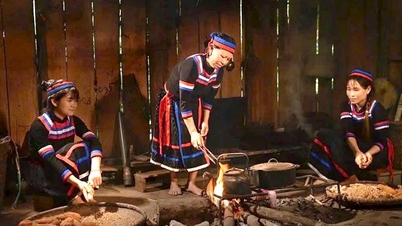



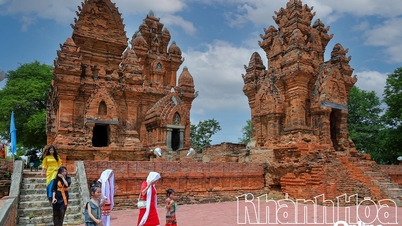













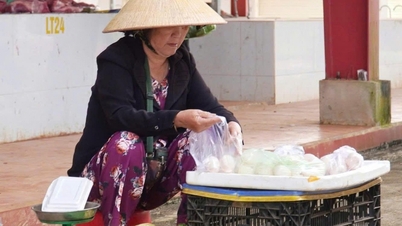

![[Photo] President Luong Cuong attends the 80th Anniversary of the Traditional Day of the Armed Forces of Military Region 3](https://vphoto.vietnam.vn/thumb/1200x675/vietnam/resource/IMAGE/2025/10/28/1761635584312_ndo_br_1-jpg.webp)






















































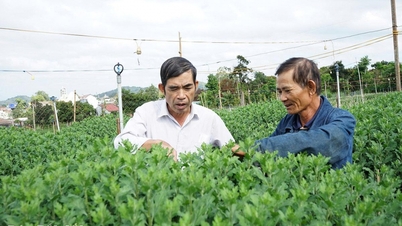





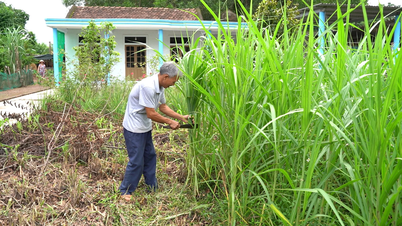


















Comment (0)